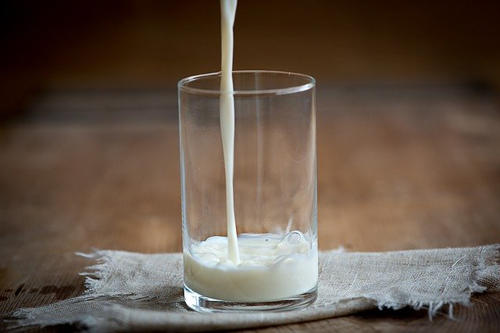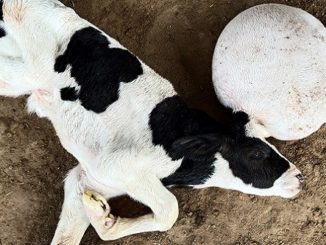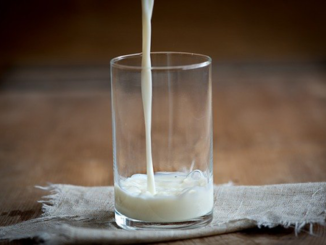Milk has been considered as elixir, next to water in this world. It is easily available and serves as a better food for the children’s, patients, and old aged people. Also, it is an important source of macro and micronutrients. Milk consist of 87 percent water and 13 percent of milk solids constituting fat, lactose, minerals and protein. Cow’s milk consist of two major protein groups namely caseins and whey proteins, and out of which caseins account for 80% of milk proteins. casein, a major protein is the second most abundant protein and has excellent nutritional balance of amino acids. Beta-casein exists in at least 13 different forms.

The two most common forms are
- A1 beta casein: Milk from breeds of cows that originated in Northern Europe is generally high in A1 beta casein. These breeds include Holstein Friesian, Ayrshire etc.
- A2 beta casein: Asian- African breeds are considered to have A2 milk. Milk from our Indian breed and non descriptive breeds of cows such as Tharparkar, Gir, Rathi, Red sindhi and Sahiwal have a genetic makeup that yield milk high in A2.
Differences in A1 and A2 proteins
The A1 and A2 variants differ only at amino acids position 67, which is histidine in A1 and proline in A2 milk. The change occurs due to natural mutation. This difference in amino acids suggests a conformational difference in the secondary structure of the expressed protein. When a human consume A1 milk, during digestion in the small intestine it actively releases a bioactive peptide BETA CASOMORPHIN 7 (BCM 7). Infants may absorb BCM-7due to an immature gastrointestinal tract whereas adults gather the biological activity locally on the intestinal brush border. In hydrolysed milk with variant A1 of beta casein,BCM-7 level is four fold higher than in A2 milk. A2 milk produces BETA CASOMORPHIN 9 as an intermediate. Initial studies on indigenous cow (zebu type) and exotic cattle ( taurine type) have revealed that A1 allele is more frequent in exotic cattle, while Indian native dairy cow and buffalo have only A2 allele. The NBAGR screened 615 cattle representing 15 Indian breeds, and found as many as 13 of these to have A2A2 genotypes. Only a small number of cattle of Malenadu Gidda had A1A1 genotypes.
Controversies and facts
There has been reports implicating A1 protein/BCM7 in negative health effects like ischaemic heart disease, autism, digestive discomfort, yet the scientific community believes the evidence is insufficient and inconclusive. People in Europe and the US have been consuming A1 milk for centuries, just as we people in India drinks A2 milk from the indigenous breeds, without developing any adverse effects on the body. In 1992, scientists of New Zealand established a co-relation between the prevalence of T1 diabetes and type of milk consumed. It led to discovery of so called A1 and A2 milk.
In the year 2000, the A2 Corporation was formed to commercialize the A2 protein in a brand of milk. They had a patent on a genetic method for identifying cattle that would produce A2 milk. In 2002, the A2 Corporation launched a High court lawsuit against a major New Zealand milk cooperative, accusing it of covering up to possible harmful effects of A1 milk. It lead to New Zealand Food Safety Authority (EFSA) to conduct a comprehensive scientific review. The EFSA’s report in 2009, declared that no cause and effect relationship could be established between the dietary intake of BCM7 and various diseases. Even TRUSWELL, a renowned nutritionist stated that he did not find any convincing or probable evidence of A1 beta-casein being a causative factor for diabetes or coronary heart disease.
Conclusion
Despite the lack of conclusive scientific evidence on human studies, several players in the milk industries market A2 milk with claims that it is natural, better, and free from negative effects. The reports of EFSA in 2009 has ended the controversy of A1 and A2 milk globally. But in India, certain lobbies are still continuing to keep this issue alive. Perhaps it became a taboo in the society. Experts have to give awareness to the people regarding the issue and make them understand the stories behind it. We hope that will happen in the near future.






Can you by the A2 milk from me or not
& Please give the information about A2 milk marketing